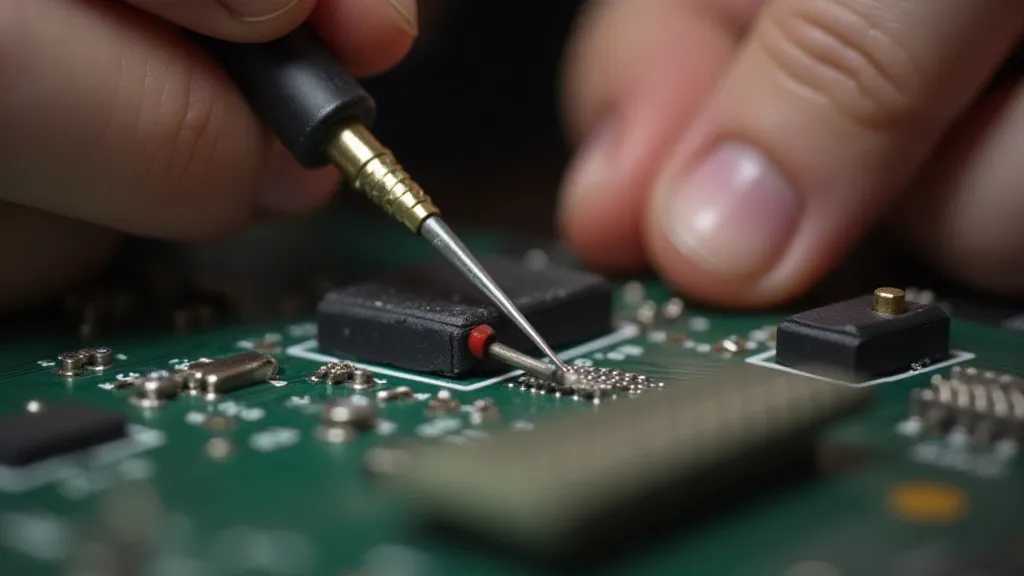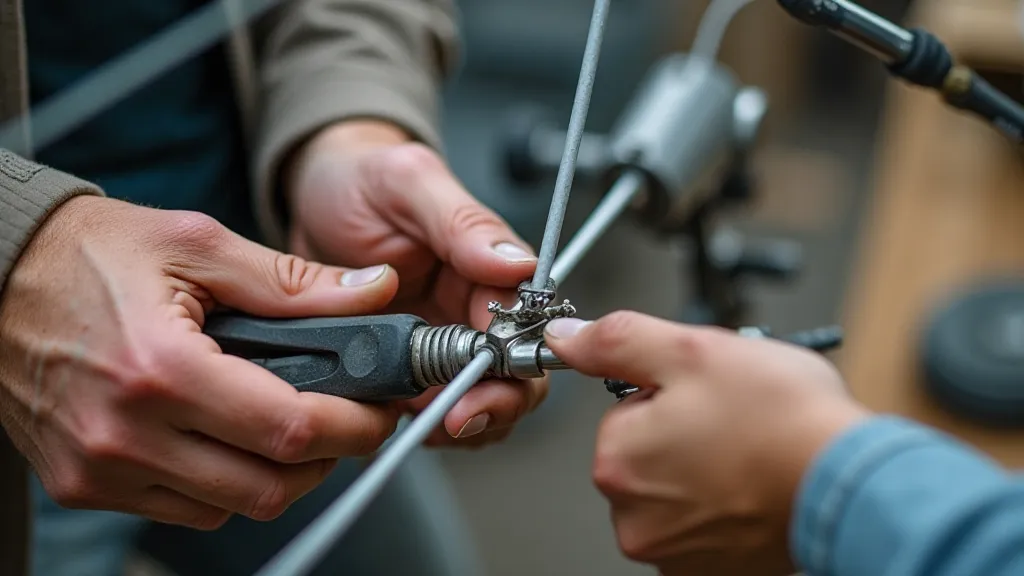Building a Ground Plane Antenna for Mobile Radio
A reliable and efficient antenna is crucial for mobile ham radio operation. The ground plane antenna, also known as a Marconi antenna, is a simple yet effective design, especially well-suited for vehicles and portable setups. This article will guide you through the construction of a ground plane antenna, providing step-by-step instructions and offering insights for optimal performance.
Understanding the Ground Plane Antenna
The ground plane antenna consists of a radiating element (typically a single wire or rod) and multiple radials extending downwards. These radials simulate a full ground plane, compensating for the limited ground available in a mobile environment. This is especially important because a vehicle's metal chassis doesn’t function as a perfect ground. The ground plane antenna essentially provides the missing ground connection, allowing for efficient radiation.
Materials Needed
- Radiating Element: Approximately 24 inches of copper wire, 12-14 gauge is recommended.
- Radials: Four to eight radials, each approximately 24 inches long, using the same gauge wire. More radials will generally improve performance, but four is a good starting point.
- SO-239 Connector: This provides the connection for your coax cable.
- Mounting Hardware: Consider the mounting location; you'll need screws, bolts, or a suitable mounting bracket.
- Tools: Wire cutters, pliers, soldering iron, solder, drill (if needed for mounting).

Construction Steps
- Prepare the SO-239 Connector: If using a pre-made connector, ensure the pins are clean and ready for soldering. If assembling from parts, follow the manufacturer's instructions.
- Attach the Radiating Element: Solder one end of the radiating element to the center pin of the SO-239 connector. Ensure a solid, strong solder joint.
- Attach the Radials: Solder each radial to one of the remaining pins on the SO-239 connector. Ensure each radial is securely attached and extends outwards from the center connection. They should be approximately equidistant from each other.
- Form the Radials: Carefully bend the radials downward, creating a symmetrical pattern. This helps to ensure even radiation. A slight angle, around 45 degrees, is a good starting point.
- Mounting: Securely mount the antenna to your vehicle or desired location. Ensure the antenna is exposed and unobstructed for optimal performance. Use corrosion-resistant hardware to prevent issues down the line.

Tuning and Performance
While a ground plane antenna is relatively simple to construct, its performance can be significantly impacted by the surrounding environment. It's not a "plug and play" antenna.
- SWR: Use an SWR meter to check the antenna's performance. A low SWR (typically below 2:1) indicates a good match to your transceiver.
- Environment: The close proximity of the vehicle's metal body can affect the antenna’s resonant frequency. Experiment with slight adjustments to the radiating element's length to minimize reflected power.
- Testing: Perform on-air testing to verify range and signal strength. Experiment with antenna placement on your vehicle to find the optimal location.
Tips and Considerations
- Wire Type: While copper is standard, you can experiment with other conductive materials, but copper offers a good balance of conductivity and workability.
- Weatherproofing: Protect the solder joints and connections from the elements using sealant or corrosion inhibitors.
- Experimentation: Don’t be afraid to experiment with different lengths and angles to optimize performance for your specific setup.

Conclusion
Building a ground plane antenna is a rewarding project for any ham radio enthusiast. It’s a simple, inexpensive, and effective solution for mobile radio communication. With a little patience and experimentation, you can build an antenna that significantly improves your on-air performance.





